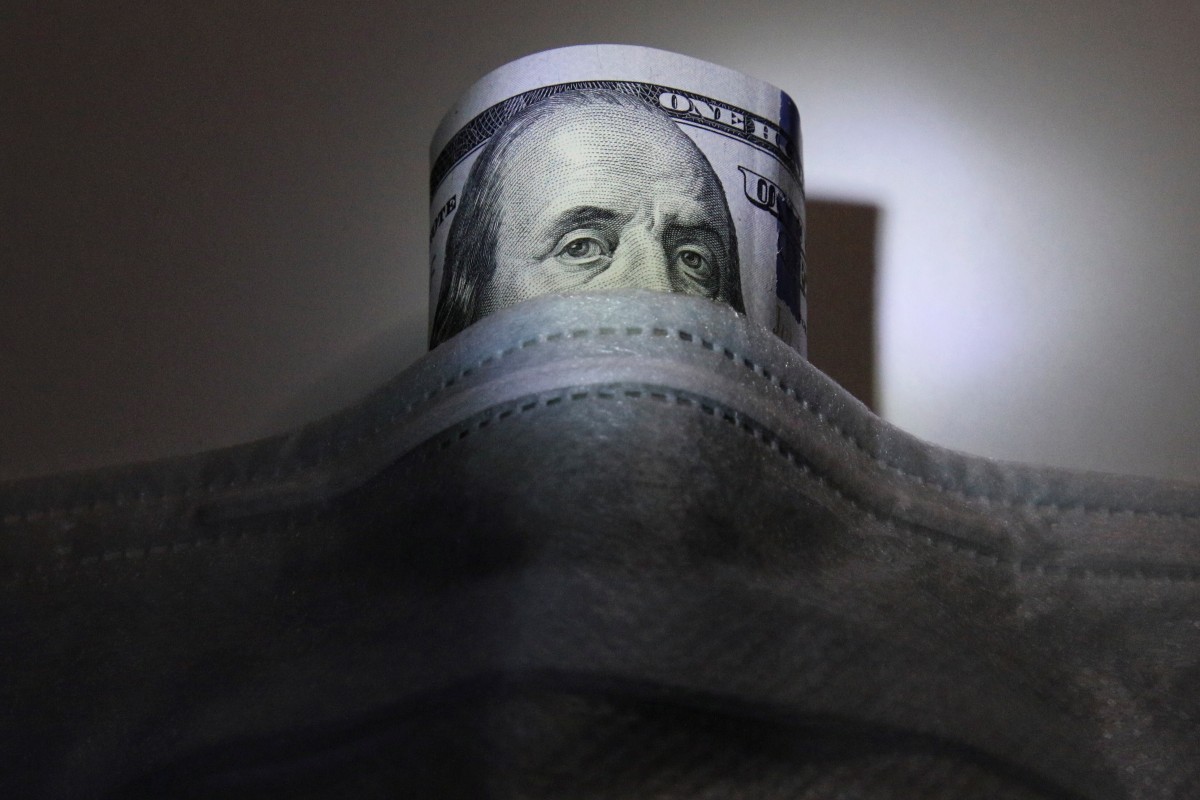How the US uses the dollar payments system to impose sanctions on a global scale The US dollar’s global dominance gives Washington a powerful tool that it uses to enforce sanctions on people, institutions and countries The decoupling of the world’s two largest economies has raised concerns about the United States deploying the ‘nuclear option’ of freezing China’s banking sector out of the global US dollar payments system ........ The US’ ability to exploit the US dollar payment system began during the administration of former president Bill Clinton (1993-2001) and expanded under subsequent administrations. .......... Iran, North Korea, Syria, Venezuela and, to a lesser extent, Russia. .......... Last month, the US imposed sanctions on several Chinese government firms and officials, citing ties to alleged human rights abuses against ethnic minorities in restive Xinjiang. Most notably, the sanctions hit Chen Quanguo, a member of China’s Politburo, the centre of power within the Communist Party. .............. the US Clearing House Interbank Payments System (Chips). Chips forms the primary settlement network for large-value domestic and international US dollar payments. .............. the Society for Worldwide Interbank Financial Telecommunication (SWIFT) – the world’s largest electronic payment messaging system ............ Although it does not settle transactions, the Belgian-based SWIFT network connects 11,000 banks and companies globally, for sending messages about financial transactions. Among its 25-board membership, the US has two seats and the chairmanship, while China has one seat. ............... US-China interdependence is so extensive ............. The Cross-border Interbank Payment System, the Chinese payment system for yuan settlements, processed 135.7 billion yuan (US$19.5 billion) worth of daily transactions last year – less than 2 per cent of the daily volume in the US’ Chips clearing system.
US dollar at risk of sudden collapse? Ex-IMF official warns ‘blow-up event’ could sink currency as debt mounts A fresh stimulus package worth at least US$1 trillion could spell relief for millions of Americans in pandemic, but could raise financial stability risks US Federal Reserve’s aggressiveness in easing financial conditions has succeeded in halting a further decline in the US economy, but that could change if major companies start going bankrupt ......... “The concern isn’t whether the US dollar will see an accumulated decline of 30 per cent in the future, but whether there will be a blow-up event that causes a sudden loss of confidence in the US dollar, and its market to collapse,” said Zhu, who is currently head of the National Financial Research Institute at Tsinghua University in Beijing. ................... “So, the question of whether there will be a financial crisis will depend on whether a major company will be the next to go bankrupt, and thereby result in a jump in the corporate default ratio, leading to a sovereign debt crisis,” Zhu said. The US became the lender of choice for many countries that were willing to buy US-dollar-denominated bonds. This provided the US with what’s been dubbed an “exorbitant privilege” to run with soaring public deficits and debt, as international funds have chased the safe-haven status of US dollars and assets during times of turmoil. .................... “Past an unknown critical threshold, [using monetary policy to deal with public deficit] could see the collapse of US dollar currency hegemony as people lose faith in it,” Every said. “All systems can only be pushed so far. Does the world still want a US-dollar-centric system if US dollars are openly printed to fund the state spending that drives the external deficit?” ................. The US dollar has been the world’s leading currency since 1919, when it overtook the pound in the aftermath of World War I.

China keen to work with ‘US states, local councils, businesses’ despite Washington’s hostility, Xi Jinping says President Xi Jinping is keen to de-escalate rising tensions with Washington and ensure American companies continue to do business with China China has had close ties with states on the west coast of the US, while purchases of agriculture products have also boosted interactions with Midwest farm states
China’s economic future is being influenced by nine economists, but what did they tell Xi Jinping this week? Chinese President Xi Jinping met with nine prominent economists this week to help with the development of the 14th five-year plan for 2021-25 which is due next year Each of the economists has advocated specific policies that could shed light on Beijing’s policy priorities in the years ahead ......... China’s economy grew by 6.1 per cent in 2019, the lowest growth rate since political turmoil ravaged the country in 1990, before shrinking 6.8 per cent in the first quarter of 2020 after the coronavirus shut down large swathes of the country. It avoided a recession after its economy grew by 3.2 per cent in the second quarter, the first major economy to show a recovery from the damage caused by the coronavirus. ........... Wang was the driving force behind the nation’s strategically emerging industries plan. As early as 2012, he put forward his countrywide competition idea under which Beijing should marshal the country’s entire pool of state, market and social resources to pursue industrial and technological leadership.......... In one recently published article, Zhang said China must uphold the rules of the World Trade Organisation and seek an open and multilateral trade system to challenge the unilateralism being pursued by the US. ............. China will rely more on itself but it will not close itself up
No comments:
Post a Comment